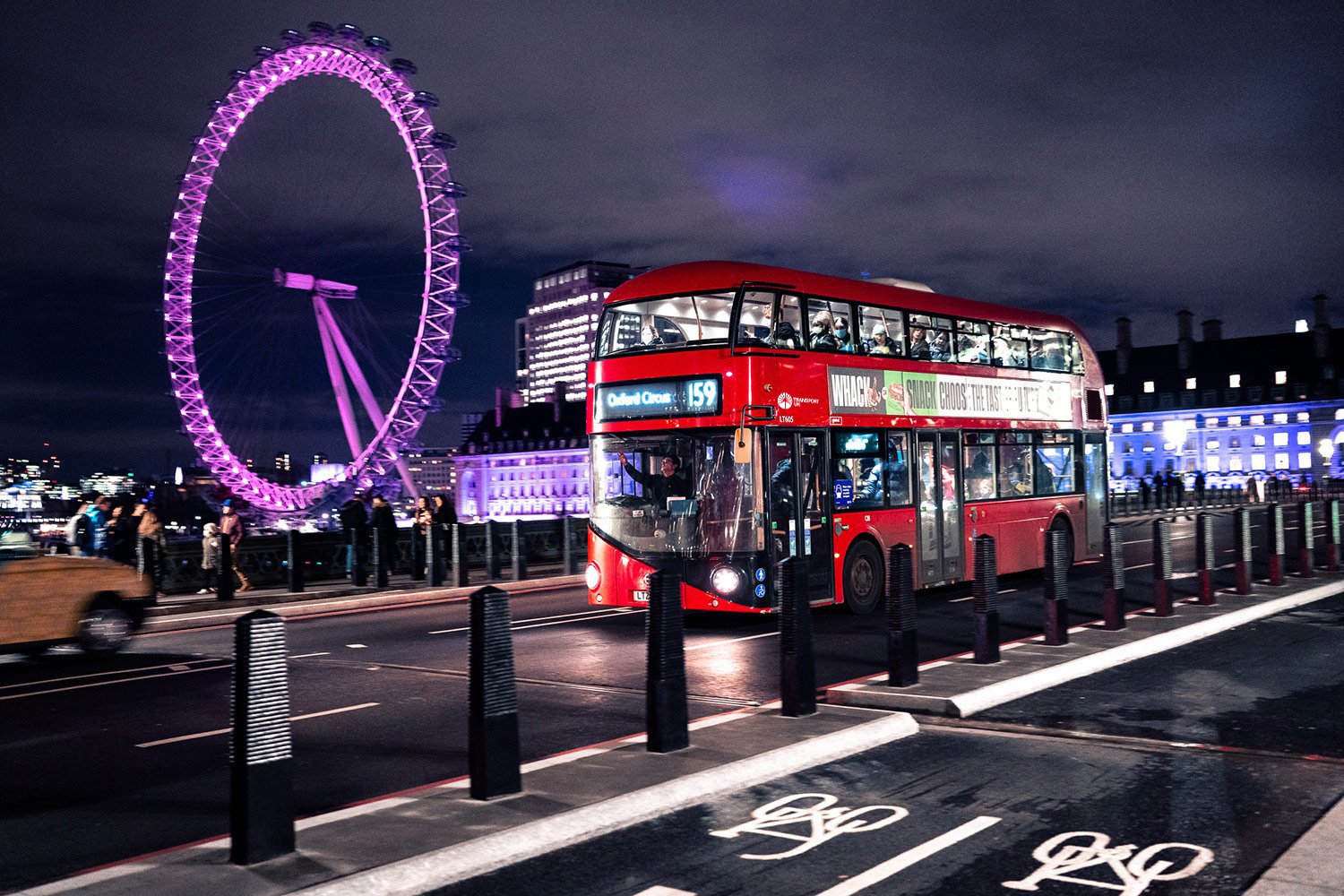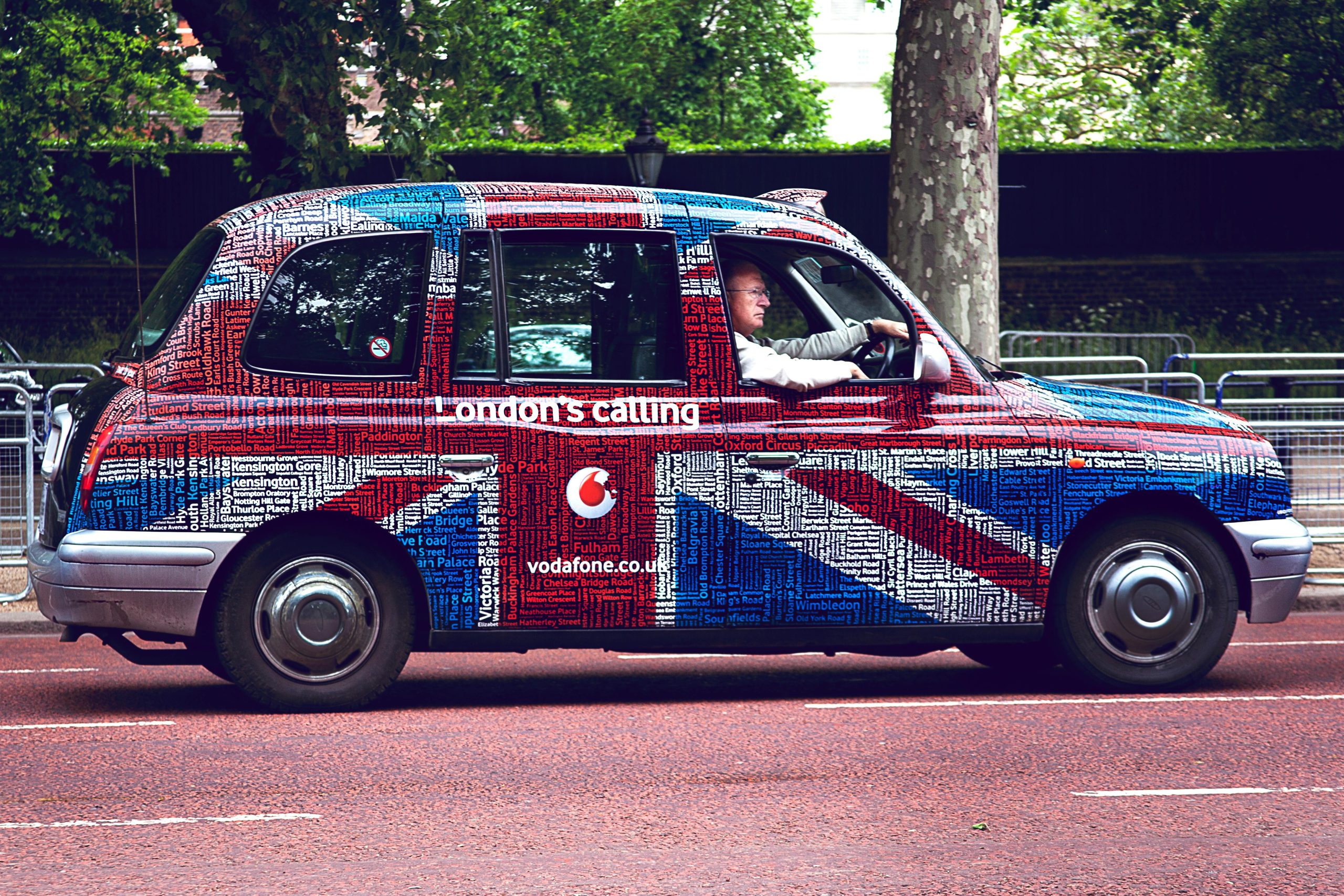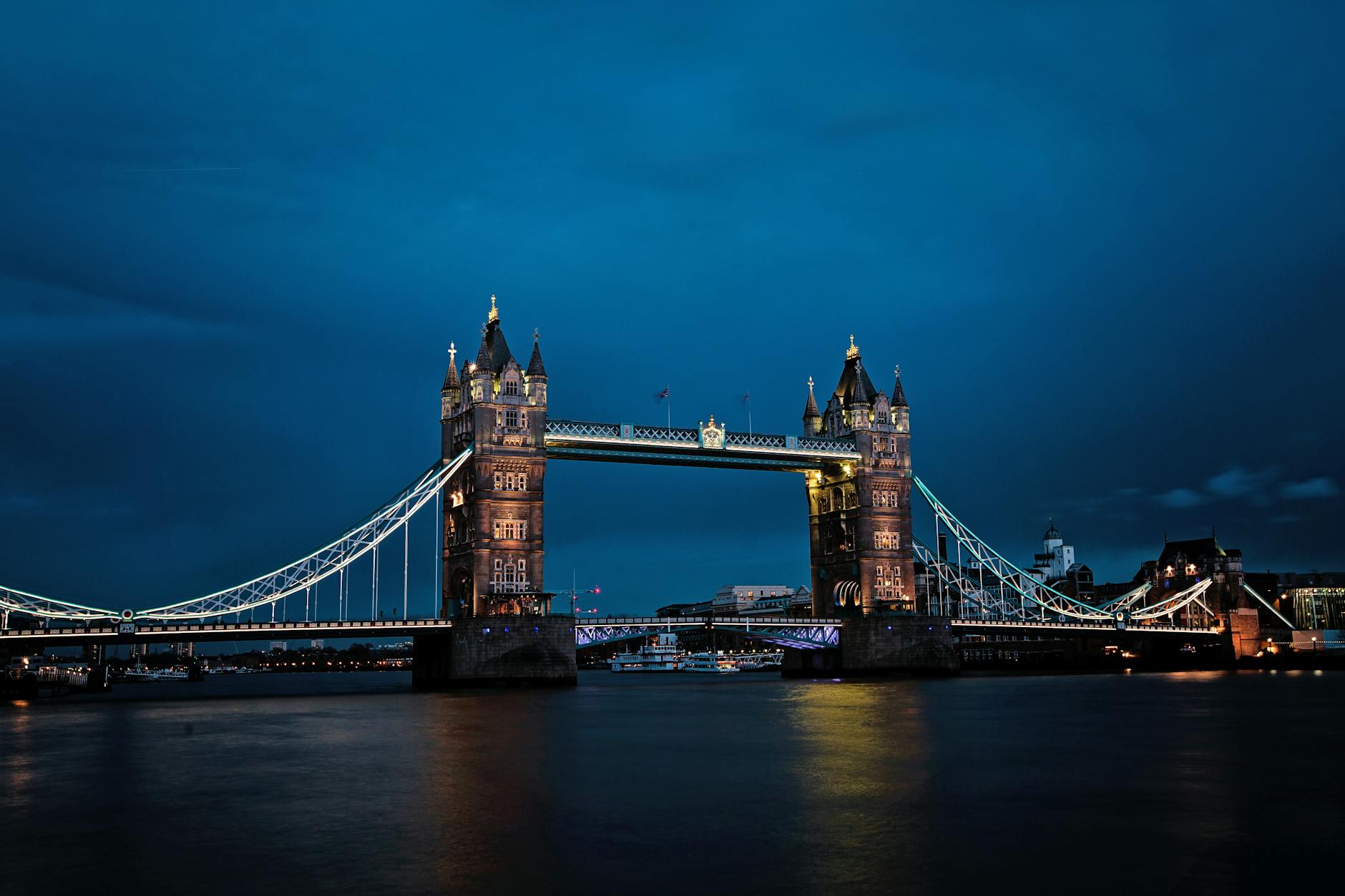Table of Contents
Introduction to London Bus
The London bus is more than just a mode of transportation—it’s an iconic symbol of the city itself. From its humble beginnings in the early 19th century to the modern, eco-friendly double-deckers we see today, the London bus system has undergone a fascinating evolution. This article delves into the rich history of the London bus, exploring its origins, key milestones, and enduring legacy. Whether you’re a history enthusiast, a transportation buff, or simply curious about London’s iconic red buses, this detailed piece will take you on a ride through time.
The Early Days: Horse-Drawn Omnibuses (1820s–1900s)
The Birth of Public Transport in London
The story of the London bus begins in 1829, when George Shillibeer introduced the first horse-drawn omnibus service. Shillibeer’s omnibus was a large, horse-drawn carriage designed to carry multiple passengers along a fixed route. The first route ran between Paddington and Bank, covering a distance of about five miles. These early buses were a revolutionary concept, offering affordable and accessible transport for Londoners.
Challenges and Growth
While the horse-drawn omnibus was a significant improvement over private carriages, it faced several challenges. The roads were often unpaved and muddy, making travel slow and uncomfortable. Additionally, the reliance on horses meant that the system was expensive to maintain. Despite these issues, the omnibus quickly gained popularity, and by the mid-19th century, numerous operators were running services across London.
The Rise of Motorized Buses (1900s–1930s)
The First Motor Buses
The early 20th century saw the introduction of motorized buses, which began to replace horse-drawn vehicles. In 1902, the London General Omnibus Company (LGOC) launched its first motor bus, marking the beginning of a new era. These early motor buses were smaller and more efficient than their horse-drawn predecessors, but they were still far from the iconic double-deckers we know today.
The Birth of the Double-Decker
The first double-decker buses appeared in the 1920s, offering increased capacity and efficiency. The LGOC’s B-type bus, introduced in 1910, was one of the earliest successful models. These buses featured an open-top design, allowing passengers on the upper deck to enjoy panoramic views of the city. By the 1930s, enclosed double-deckers became the norm, providing greater comfort and safety.
The Red Bus Era (1930s–1950s)
The Iconic Red Color
The distinctive red color of London buses dates back to the early 20th century. In 1907, the LGOC decided to paint its entire fleet red to stand out from competitors. This decision not only created a unified brand but also made London buses instantly recognizable. Today, the red bus is synonymous with the city itself.

The Routemaster: A Design Classic
The 1950s saw the introduction of the Routemaster, one of the most iconic buses in history. Designed specifically for London’s streets, the Routemaster featured a unique rear platform and open boarding system, allowing passengers to hop on and off easily. Its sleek design and durability made it a favourite among Londoners, and it remained in service for over 50 years.
Modernization and Innovation (1960s–2000s)
The Decline of the Routemaster
By the 1960s, the Routemaster began to show its age. The open boarding system, while charming, was deemed unsafe, and the buses were gradually phased out in favor of more modern designs. The last Routemaster ran on a regular route in 2005, marking the end of an era.
The Introduction of One-Person Operation
In the 1980s, London buses transitioned to one-person operation, with drivers responsible for both driving and collecting fares. This change improved efficiency but also led to the removal of conductors, a role that had been a staple of the London bus system for decades.
The Bendy Bus Experiment
In the early 2000s, London introduced articulated “bendy buses” to increase capacity on busy routes. However, these buses proved controversial due to safety concerns and operational issues, and they were eventually withdrawn from service.
The 21st Century: A Green Revolution
Hybrid and Electric Buses
In recent years, the London bus system has embraced sustainability. Hybrid buses, which combine diesel engines with electric motors, were introduced in the 2010s, significantly reducing emissions. In 2020, Transport for London (TfL) launched its first fully electric double-decker buses, marking a major step toward a greener future.
The New Routemaster
In 2012, London introduced the New Routemaster, a modern take on the classic design. Featuring a hybrid engine, a rear platform, and a sleek, futuristic look, the New Routemaster pays homage to its predecessor while incorporating cutting-edge technology.
The Cultural Impact of the London Bus
A Symbol of London
The London bus is more than just a vehicle—it’s a cultural icon. From its appearances in films and television shows to its role in major events like the 2012 Olympics, the bus has become a symbol of London’s identity.
Art and Design
The distinctive design of the London bus has inspired artists and designers for decades. From posters and postcards to fashion and architecture, the bus’s influence can be seen across a wide range of creative fields.
Conclusion: The Enduring Legacy of the London Bus
The history of the London bus is a testament to the city’s ability to adapt and innovate. From horse-drawn carriages to electric double-deckers, the bus has evolved to meet the changing needs of Londoners while remaining a beloved symbol of the city. As London continues to grow and modernize, the bus will undoubtedly remain a vital part of its transportation network and cultural heritage.
HOW VIKINGS INVASIONS SHAPED BRITAIN





2 thoughts on “The History of the London Bus Transportation System”